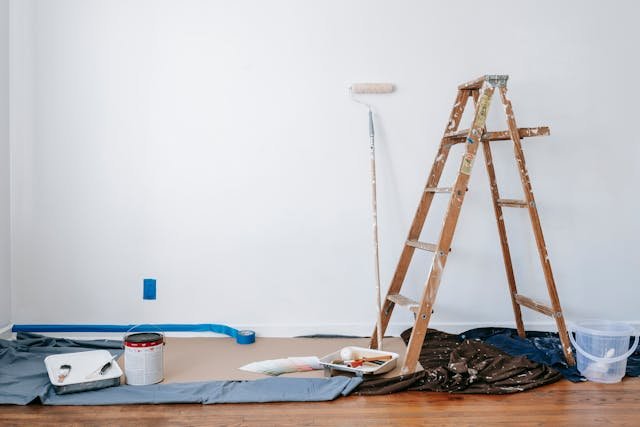Your home is a place you have a lot invested in, whether that’s time, care, or money, so, in short, every home upgrade mission you begin is of the utmost importance. This is because, when done right, a home upgrade can last for years and massively improve the quality of your home and even increase its value, when handled incorrectly, the opposite can happen, so it’s important to head into things with a plan.
Assessing the most important parts of your home
When you’re planning a few upgrades, you should look at the overall health of your house, keeping in mind that there are more important parts than others. These include things like the structural integrity of the base of the home and the health of the roof – if there’s significant damage to either structure, you’ll find that the repairs cost thousands more than they would’ve otherwise. Take a look at the base structure and foundation of your home, searching for cracks or signs of mold, then take a look at your roof with the help of a professional service like Ace Roofing to ensure you’re covering all of your tracks when it comes to maintaining home health.
Planning out the upgrades
Once you’ve assessed your entire home, especially the problem areas, and created a list of upgrades to focus on, the next step is to create the perfect plan that you’ll be following throughout the rest of the process. This plan should consist of a few things, including the ideal duration of the entire process and how long you’re okay with it going on for. In addition, before you start, you should have a budget set aside using quotes from multiple vendors and experts, and, finally, you should use the expertise of an external contractor as well as the right permits to start your upgrade process off right.
Focusing on essential systems
There are many essential systems in the home, including electrical wiring and plumbing, that people only truly miss when they’re gone. They’re being used constantly and thus are relatively more susceptible to wear and tear, which can be dangerous. Worn electrical wires can cause faults and power outages, and, at worse, electrical fires, while rusted pipes can burst and create water leaks throughout your home, and that’s exactly why you should take a look at these systems and upgrade or maintain them, too, since you’re already getting some work done.
Select the right rooms to remodel
Choosing the right rooms to remodel in your home is another integral part of the entire process since choosing the right room to work on first will allow you to get more important tasks and goals out of the way before you’re free to work on the rest. Consider rooms that are immediately visible once you enter the house, like your living room or the kitchen, because, if you renovate these areas, it’ll have the biggest visual effect. On the other hand, you could go with rooms that are most susceptible to wear, too, like your bathrooms, improving them visually and reversing any long-term water damage.
Maintenance
Now that you’ve figured out how you want to upgrade your home, the next thing on your mind should be keeping your home in top shape and ensuring you’re never letting anything slip through your fingers. Paint the exterior of your home often, and make sure you’re keeping your plumbing clean and secure as often as you can and if you’ve chosen to improve a specific room, keep it clean and free of moisture. The habits you make during this maintenance process will allow you to keep your home cleaner and sturdier for years to come.
Conclusion
Like most things, home upgrades are incredibly complicated and require a strong plan with the right amount of expertise during the execution phase. Each minor or major upgrade has the potential to cost hundreds or thousands of dollars and could be permanent, whether it works out or not. To reduce risk as much as possible, you’ll have to have a comprehensive guide to the most important aspects of the process, allowing you to use the best practices you can for all of your home repairs.



